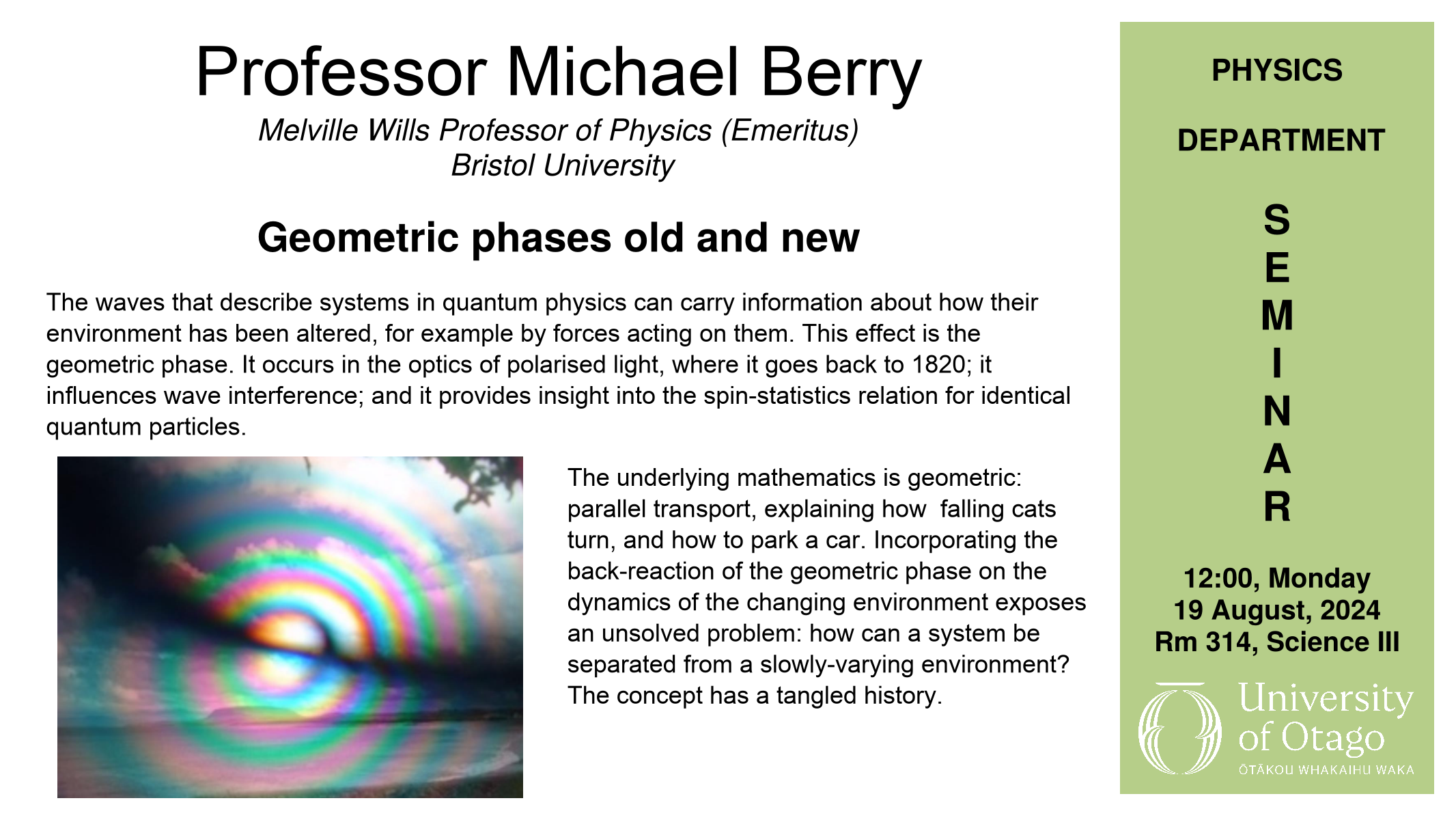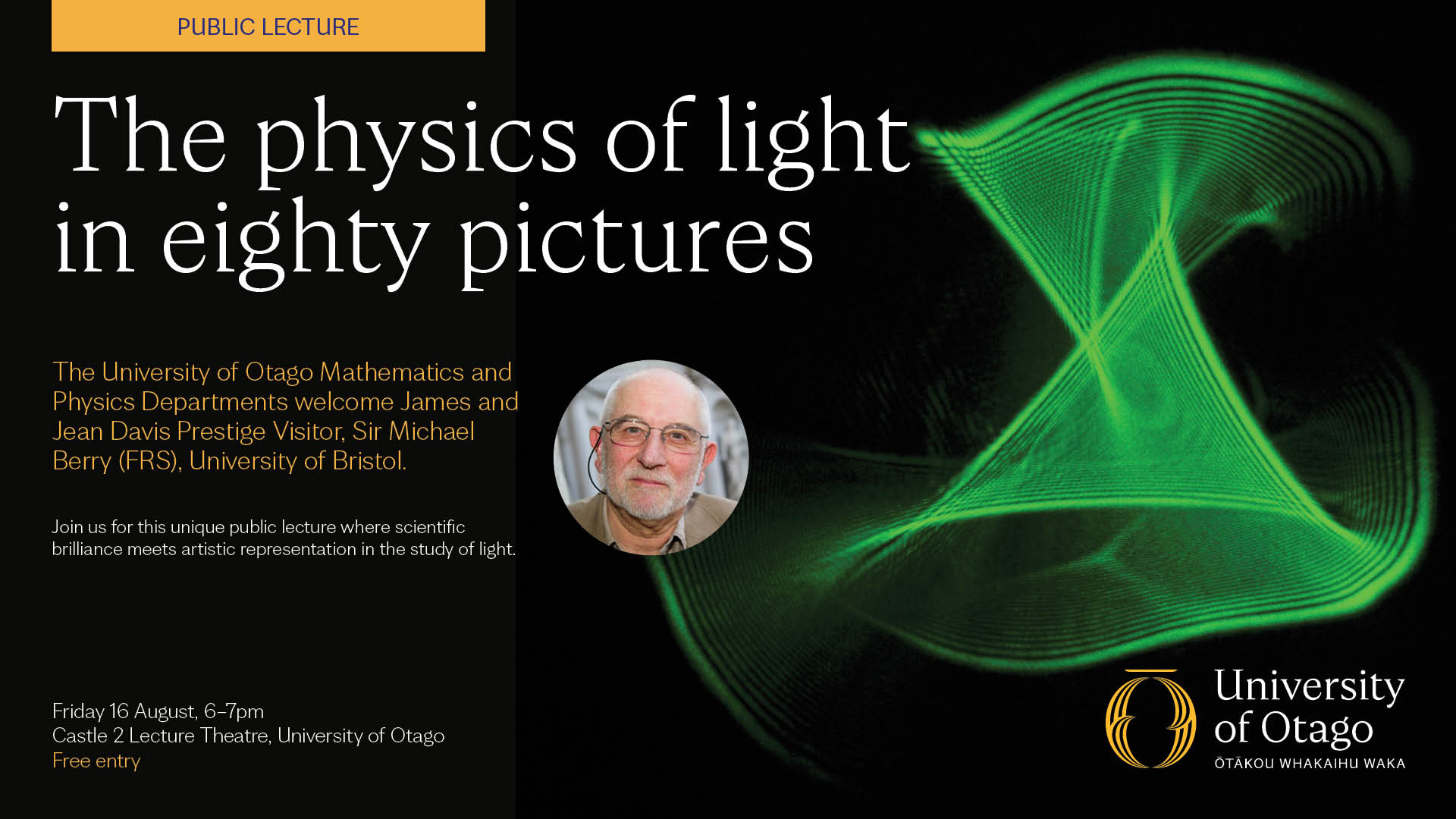Geometric Phases Old and New
Professor Michael Berry
Dr AnnMarie Oien
Evolution of a Physicist’s career: an example
1pm Tuesday 13th August 2024, Room G400, Science III
Dr AnnMarie Oien, 1996 graduate from Otago Physics, will cover her career arc and how a PhD in Atomic and Laser Physics eventually led her to retiring in the USA as a Technical Fellow in Agile Systems Engineering in the aerospace industry. However deeply our interests start in the world of physics, opportunities and adjacent curiosities crop up leading to new jobs and fields, all enabled by the meta-skills we first acquired in our physics degree.
Dr AnnMarie Oien now lives in Colorado with husband Mark Phillips, and is a proud tennis captain, expert skier, occasional singer and pianist, and poor golfer.
Dr Oien is a good friend of the Department of Physics and a great supporter of the University of Otago, having served as the vice-president of the Alumni of University of Otago in America, Inc. She created the Oien Prizes in Physics and Energy, which are our most prestigious prizes for senior undergraduates.
Solar Tsunamis ravage earth
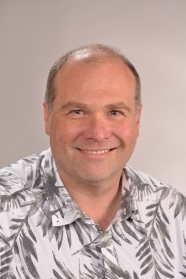 An extremely large “G5” geomagnetic storm occurred on Saturday 11 May 2024, leading to widespread aurora seen all over the country and all over the globe.
An extremely large “G5” geomagnetic storm occurred on Saturday 11 May 2024, leading to widespread aurora seen all over the country and all over the globe.
Extreme space weather can strike at any time, and New Zealand has to be ready. Professor Craig Rodger leads an international team of scientists working on making New Zealand’s energy infrastructure able to withstand large space weather events like Saturday’s geomagnetic storm. The Solar Tsunamis Endeavour Programme led out of the University of Otago Physics Department helped Transpower design their space weather response plan which was enacted for the first time during this event.
Professor Xiahong Feng
Dartmouth College
 Global climate is influenced by the Arctic hydrologic cycle, which is, in part, regulated by sea ice through its control on evaporation and precipitation. However, the quantitative link between precipitation and sea ice extent is poorly constrained. This talk presents observational evidence for the response of precipitation to sea ice reduction and assesses the sensitivity of the response. Changes in the proportion of moisture sourced from the Arctic with sea ice change in the Canadian Arctic and Greenland Sea regions over the past two decades are inferred from annually averaged deuterium excess (d-excess) measurements from six sites. Other influences on the Arctic hydrologic cycle, such as the strength of meridional transport, are assessed using the North Atlantic Oscillation index. We find that the independent, direct effect of sea ice on the increase of the percentage of Arctic sourced moisture (or Arctic moisture proportion, AMP) is 18.2 ± 4.6% and 10.8 ± 3.6%/100,000 km2 sea ice lost for each region, respectively, corresponding to increases of 10.9 ± 2.8% and 2.7 ± 1.1%/1 °C of warming in the vapor source regions. The moisture source changes likely result in increases of precipitation and changes in energy balance, creating significant uncertainty for climate predictions.
Global climate is influenced by the Arctic hydrologic cycle, which is, in part, regulated by sea ice through its control on evaporation and precipitation. However, the quantitative link between precipitation and sea ice extent is poorly constrained. This talk presents observational evidence for the response of precipitation to sea ice reduction and assesses the sensitivity of the response. Changes in the proportion of moisture sourced from the Arctic with sea ice change in the Canadian Arctic and Greenland Sea regions over the past two decades are inferred from annually averaged deuterium excess (d-excess) measurements from six sites. Other influences on the Arctic hydrologic cycle, such as the strength of meridional transport, are assessed using the North Atlantic Oscillation index. We find that the independent, direct effect of sea ice on the increase of the percentage of Arctic sourced moisture (or Arctic moisture proportion, AMP) is 18.2 ± 4.6% and 10.8 ± 3.6%/100,000 km2 sea ice lost for each region, respectively, corresponding to increases of 10.9 ± 2.8% and 2.7 ± 1.1%/1 °C of warming in the vapor source regions. The moisture source changes likely result in increases of precipitation and changes in energy balance, creating significant uncertainty for climate predictions.
Wednesday 8 May 2024, 12.00pm
Room 314, Science III Building
Concepts of quantum machine learning
Associate Professor Christopher Gies
Institut für Theoretische Physik, Universitat Bremen
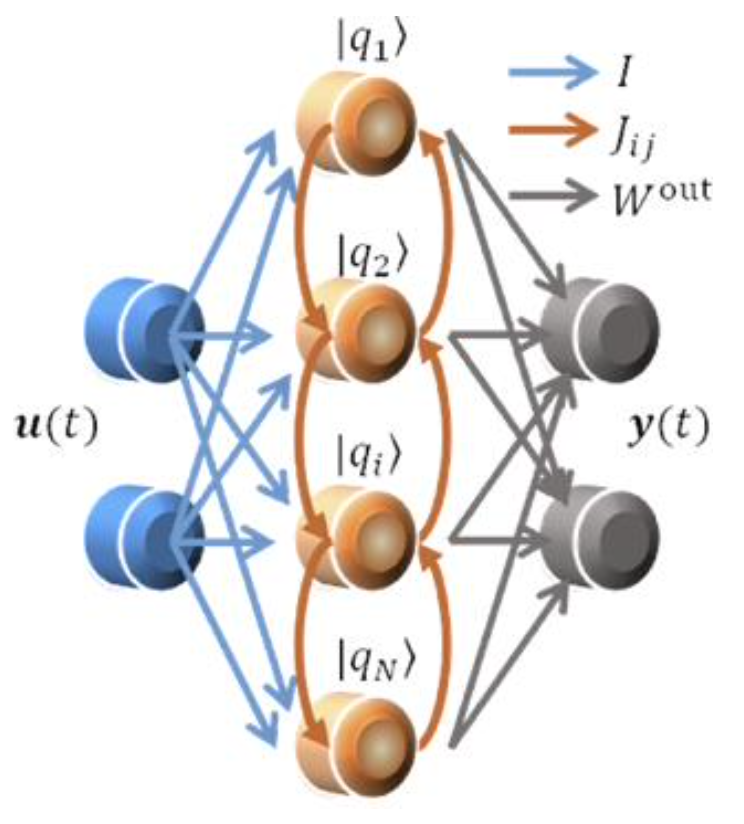 The seminar will give a glimpse into the vibrant field of quantum machine learning (QML)— its underlying quantum- mechanical principles, hardware implementations, and potential advantages over classical systems. QML has gained substantial interest as a quantum technology application capable of taking advantage of the noisy intermediate scale quantum (NISQ) devices of the current era, i.e. systems operating with tens to hundreds of imperfect qubits.
The seminar will give a glimpse into the vibrant field of quantum machine learning (QML)— its underlying quantum- mechanical principles, hardware implementations, and potential advantages over classical systems. QML has gained substantial interest as a quantum technology application capable of taking advantage of the noisy intermediate scale quantum (NISQ) devices of the current era, i.e. systems operating with tens to hundreds of imperfect qubits.
A particular focus will be on reservoir computing, which utilizes physical systems as artificial (quantum) neural networks to process information. Like in conventional machine learning, an input u(t) undergoes processing within the network to yield an output y(t). Only by training the output weights W, even small quantum systems can approximate non-linear functions of the input data due to the exponentially large Hilbert space dimension.
WEDNESDAY 1 May, 12:00PM, Room 314, Science III Building, University of Otago
Associate Professor Allison Jaynes
University of Iowa
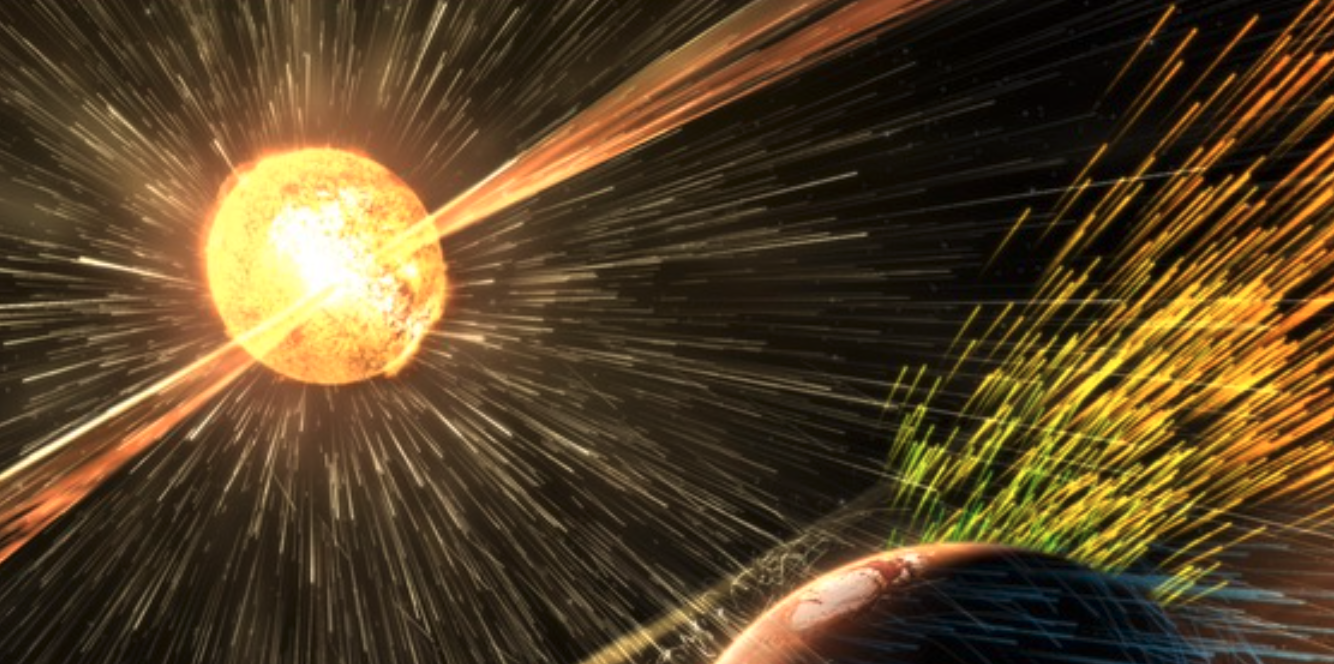 All planetary and smaller bodies in our solar system are embedded in a sea of plasma, like boulders in a terrestrial ocean. Their surfaces or magnetic fields run into this ocean of space plasma, generated primarily by our Sun, and create a whole range of fascinating effects as a result.
All planetary and smaller bodies in our solar system are embedded in a sea of plasma, like boulders in a terrestrial ocean. Their surfaces or magnetic fields run into this ocean of space plasma, generated primarily by our Sun, and create a whole range of fascinating effects as a result.
The American Physical Society’s Katherine E. Weimer Award winner talks about the plasma ocean of our solar system, from aurora and “killer electrons” to the furthest reaches of space exploration.
This talk will be accessible to all backgrounds, knowledge of Physics not required.
WEDNESDAY 17 April, 5:00PM, Archway 3, University of Otago



